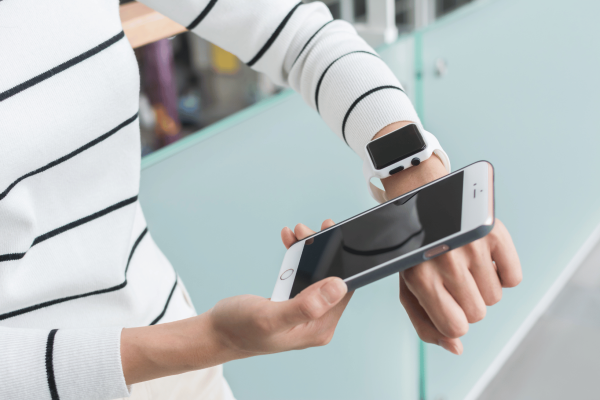I’ve been in the trenches of clinical research data collection. Patient visits, filling out paper CRFs all organized in binders dedicated to each subject, double-checking I didn’t miss anything, realizing there’s a form missing, taking a ten minute trek across the hospital to get the form that some work-study student putting the binders together neglected to place properly because, well, its college. Returning to the clinic to a waiting patient who will likely not be volunteering for a study again because it just takes too much time out of their day. Walking back across the hospital to access the right computer so I can check patient scheduling for which patient is next. Opening the massive file drawers full of binders to grab the one I need, but instead find that they are all out of order, so I now get to scan through the entire subject population of binders for the one I need. After finding the binder, I run to the clinic to find the patient waiting, but their first concern is they didn’t receive their last study stipend, and I need to solve it right now because we are pressed for patients in this study, so I need to access a completely separate database with that information on a computer that requires a common access card. But only an administrator can do that, and he’s in a meeting with a sponsor rep that will be funding another upcoming study. I tell the patient I can call her with an update later today on her issue, but she tells me her phone number changed. Contact info is kept in patient enrollment forms. An auditor removed all those forms from the binders last week when subject enrollment closed. So I use the back of a CRF to jot down the new subject contact info.
The typical scenario I just shared is the point-of-care experience from the perspective of a data collector. It doesn’t get any better for the data manager. What’s worse is we had an EDC system! Well, at least we called it an EDC system. The EDC in our case was essentially a custom-built spreadsheet on a proprietary system over the web, owned by the sponsor. That system was used to input all the data gathered in the subject binders. After subjects’ visits, I would collect the binders on my desk. At the end of the day or when I had time, I was required to sit down and enter all the data from the binders into the EDC. Typos were easily made, which is why the binders were kept, to serve as verification sources. We had someone on staff that was responsible for making those verifications.
In the clinical research realm, this is not an uncommon scenario. At the time, I often asked myself why binders couldn’t be taken out of the equation, and why I couldn’t just access our “EDC” in the clinic. The less human involvement there is in transferring and verifying data, the less potential there is for error. Computers don’t make those errors, and computers are able to check accuracy at the point of data entry, so if I need to readdress a form because there was a response that didn’t fit, it’s easy to straighten that issue out with the subject still sitting in front of me. I won’t even delve into the amount of human resources, in most cases, that would be saved for other purposes by removing all the excess from the data collection process.
So why didn’t we change the way we did these studies? Because we didn’t make the rules. We had protocols to follow, which were set by the study sponsors. Those sponsors are so heavily regulated and processes are not easily changed. We can only hope that sponsors who follow similar strategies will begin to recognize that the current processes, despite how ‘tried and true’ they might be, are costing millions more than they need to in today’s web-based environment. For all the research occurring at academic levels, private funding levels, or even less regulated levels, this is a chance to instigate change. Stop using self-made spreadsheets to collect data, or hiring programmers to write the exact programs and forms needed for data collection.
With TrialKit, you collect your data in the same place it’s managed. You can manage your data in the same place that all related correspondence, communications, and queries are directly tied to the study. Everything in one place, which can be accessed anywhere you have web connectivity, from any device. It’s a solution available to those interested in ridding the process of binders, emails, spreadsheets, and paper which all exist in separate places.
It’s an EDC that serves as the best starting point for small research labs looking to use affordable data capture tools, and it’s an EDC that serves the most dynamic needs of large-scale international studies. Request a live demo to see how customizable your research data collection and management tools can be.



